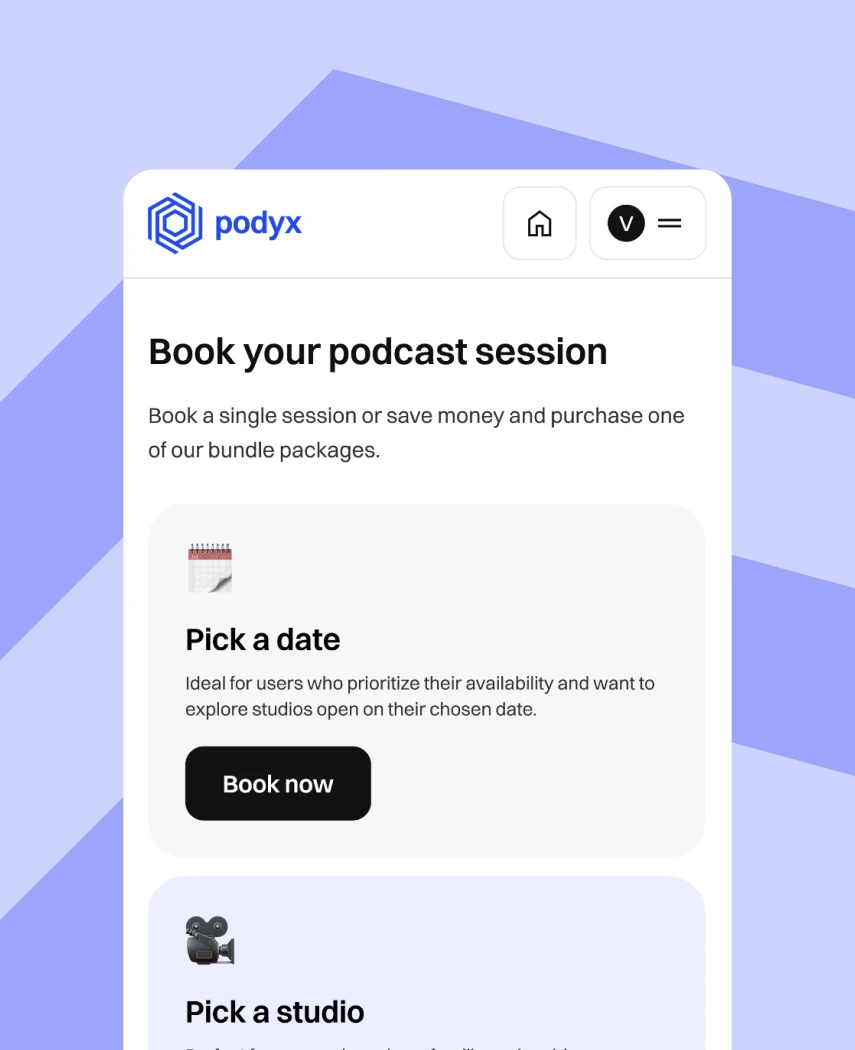Makula
Product design, Branding


Studio Direction est. 2019
THINGS THAT YOU ARE NOT PROUD OF SHOULDN'T BE SIGNED BY YOUR NAME.


(ABOUT PROJECT)
With Makula we've learned more about the production, assets and resources, machines in particular along with managing labor. Real revenue lies ahead of Machine Sales in the equipment manufacturing industry. After-sales services carry 80% of the profits. Makula manages it all with the tailor made digital web and mobile application.
Visit website(services)

The challenge
During our engagement on the project the branding and product design were top priorities. Target audience consists mostly of users accustomed to traditional workflows, including paper-based archives, manual processes, and face-to-face interactions which was an important consideration for decisions made in the design process. On the one side, refreshing the brand to align with current trends and industry standards was very important in the context of the brand design. Product wise, introducing more modern UI that is both approachable and intuitive for a less tech-savvy audience was main guideline.
Key deliverables
- Branding: logo design, brand identity, marketing collaterals
- Product design
- Mobile app design
- Design system
Branding
The updated branding introduced contemporary colors and refined typography, creating a visual identity that feels both professional and inviting. We developed smart brand devices inspired by the logo itself, emphasizing Makula’s values of organization, flow, collaboration, and seamless connectivity. To ensure consistency across all platforms, from digital interfaces to print materials, we provided detailed brand guidelines. These guidelines now serve as a foundation for marketing efforts, ensuring a cohesive and recognizable brand presence.
Product design
Digitalization of the entire machine service, maintenance, and after-sales processes was the focus for the product design team. These processes are inherently complex and heavily reliant on physical documentation, on-site operations, and extensive back-and-forth communication. The platform supports three distinct user roles—OEMs, service agents, and facility users—each with specific permissions and access levels aligned with their roles. To achieve this, we designed a platform structure that supports a unified UI while dynamically adjusting functionalities based on the user’s role. This approach ensures a seamless experience for all users, regardless of their permissions, while maintaining consistency and clarity in the interface.
The product was designed to revolutionize after-sales services by digitizing and automating traditionally manual processes. Key features include the Asset Hub, where users can manage and organize machines, the Work Orders Hub for tracking service tickets, and the Facilities Hub for linking machines to associated companies. A procedure builder was also introduced, enabling administrators to create custom forms with checklists, tables, descriptive fields, and signature sections, effectively eliminating the need for paper-based work and physical archives. This ensures that procedures are no longer lost in piles of paperwork or difficult to retrieve. Instead, users can easily access previous procedures when needed and swiftly create new ones, fostering a more organized and efficient workflow.
Mobile app design
To meet the needs of on-site agents, we developed a mobile app that simplifies day-to-day workflows. The app retains the most critical features of the platform, including procedure fill-out, service ticket tracking, machine QR scan and easy access to its details, chat. Its streamlined design ensures that agents can perform their tasks efficiently, even on smaller screens. The mobile app was specifically optimized for fieldwork, providing an intuitive interface that minimizes friction and supports real-time collaboration.
Design system
To support the complexity and scalability of the platform, we created a robust design system in Figma. This system adheres to the latest standards, ensuring consistency across all interfaces while simplifying future iterations. The design system includes reusable components, variables, and style guides, enabling the team to maintain a cohesive user experience as the product continues to grow. By integrating this system into the workflow, we’ve ensured that both designers and developers can collaborate seamlessly, resulting in a highly efficient product development process.
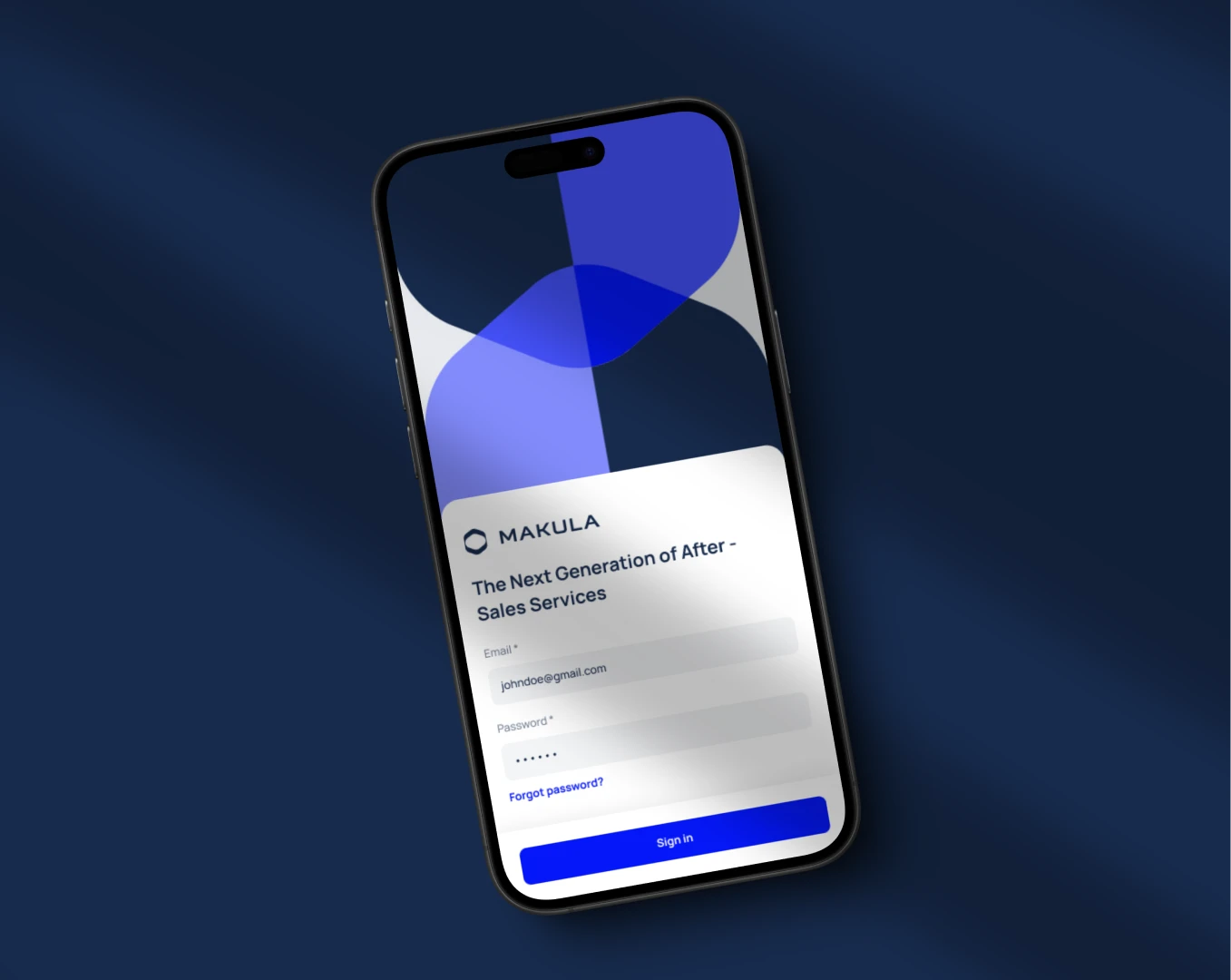
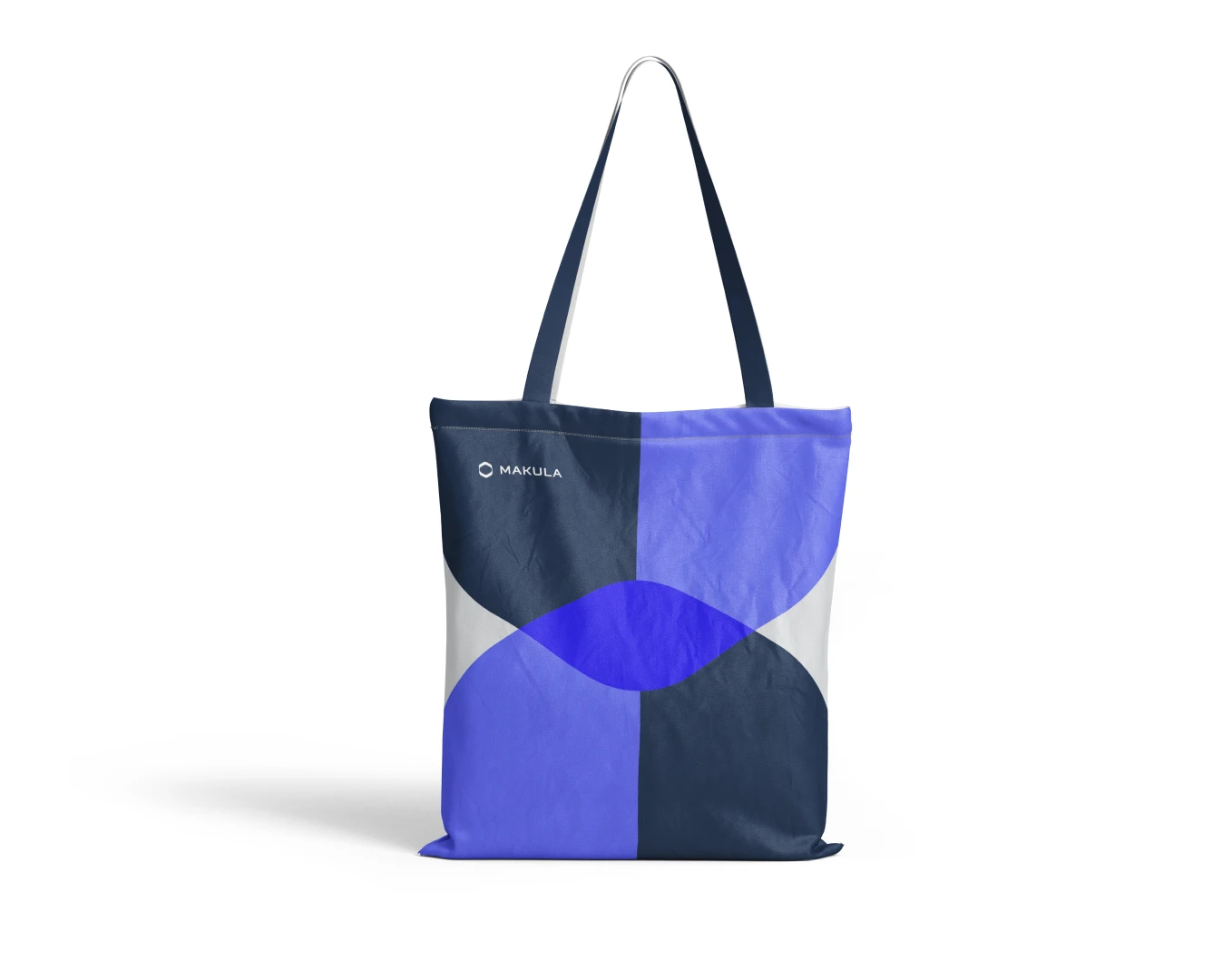
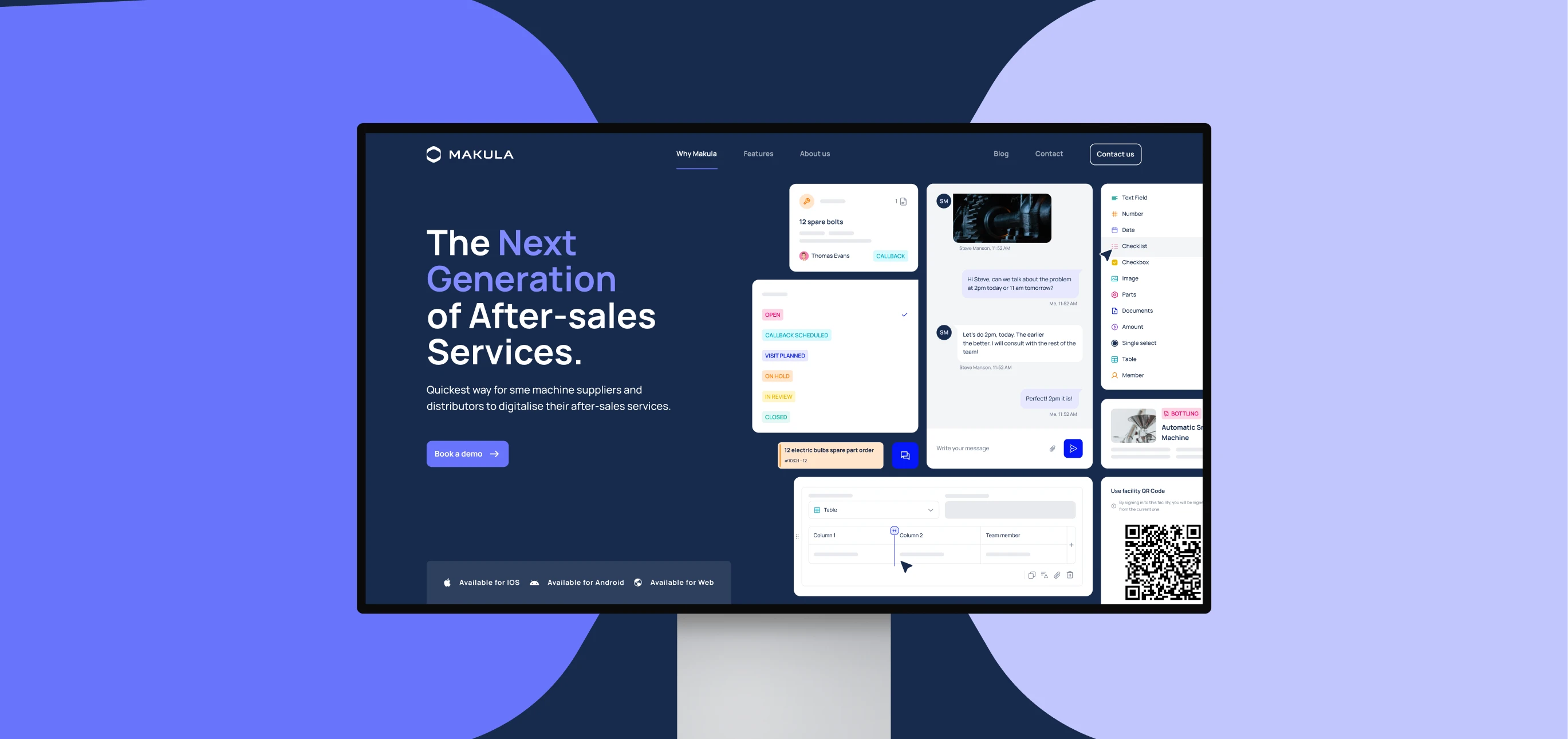


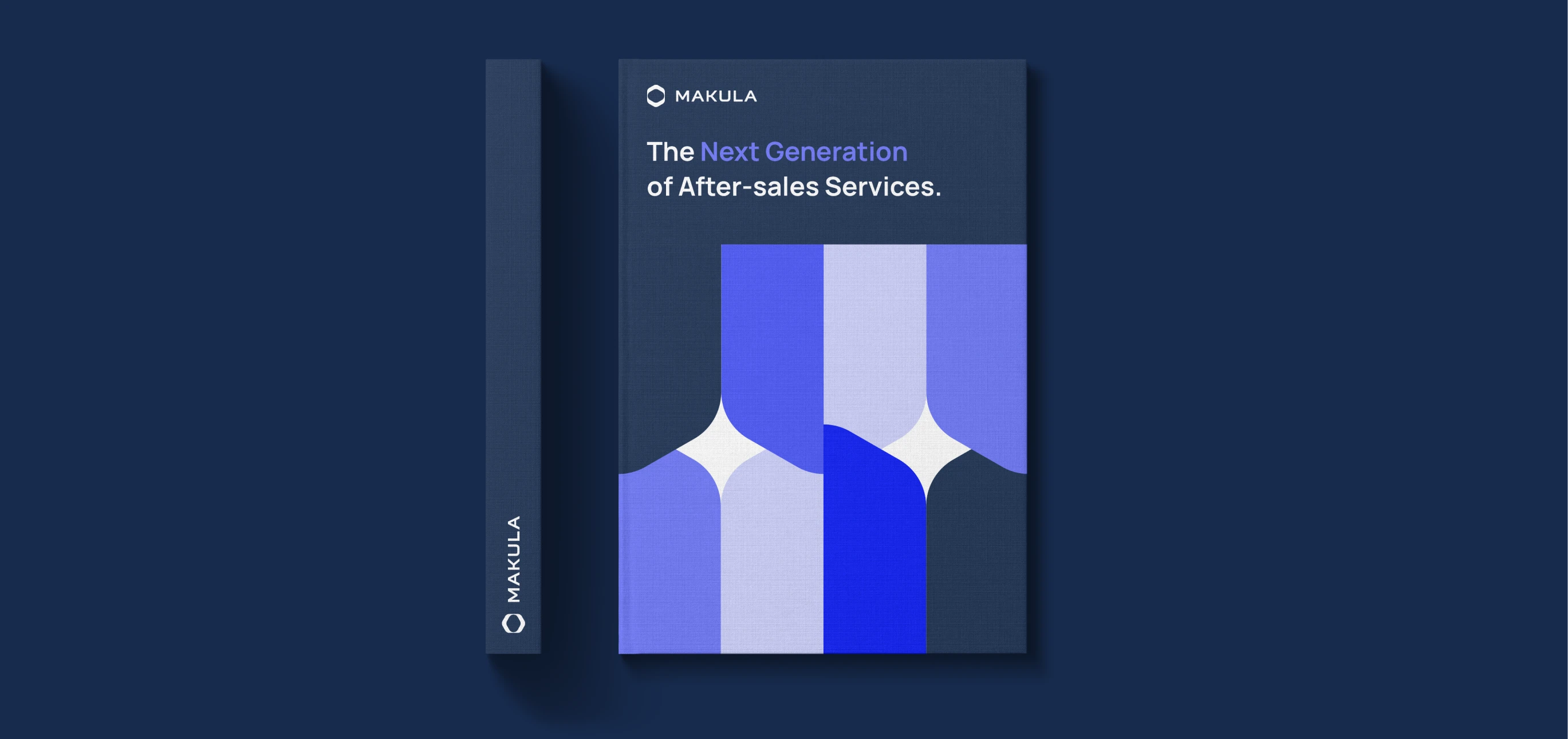
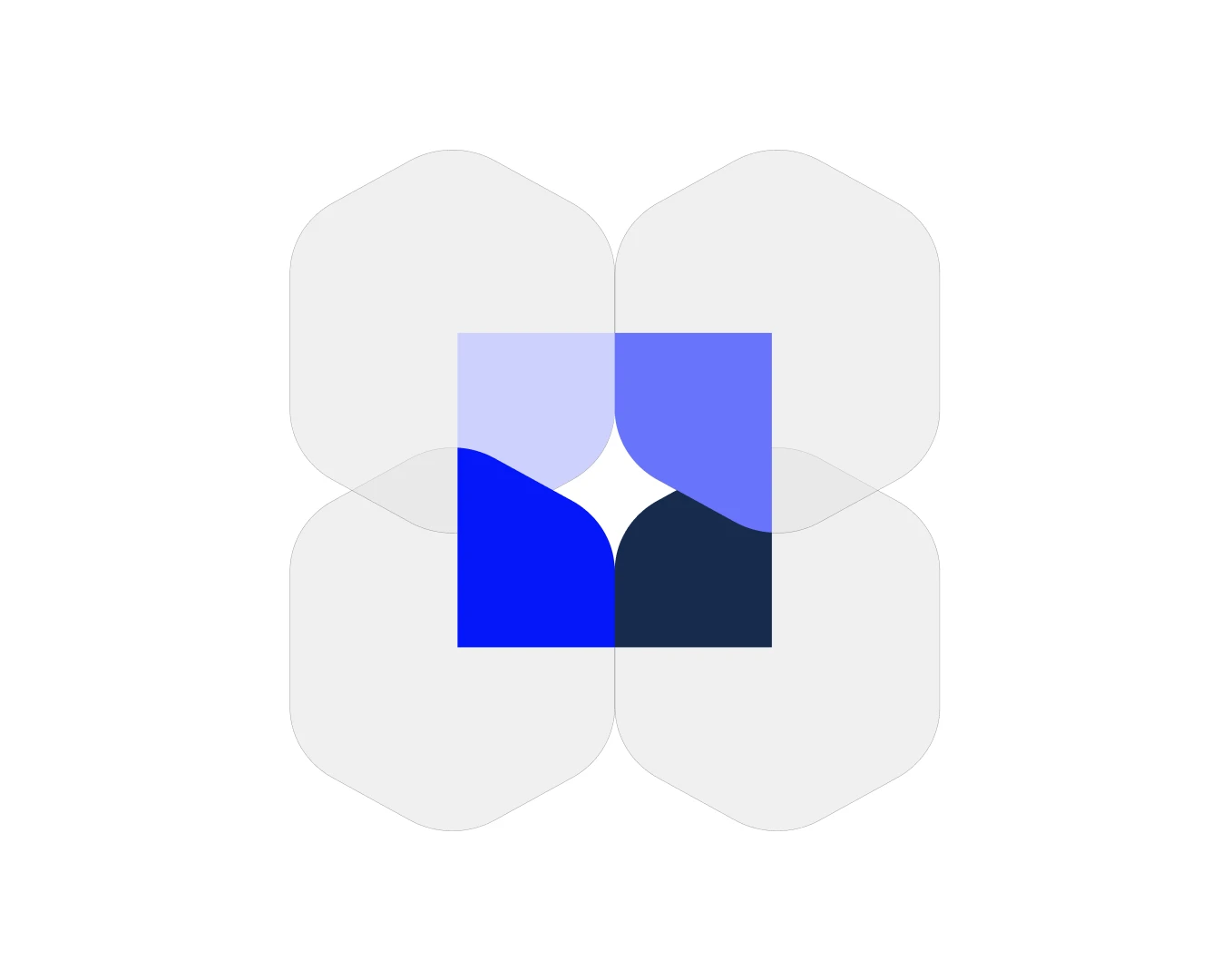
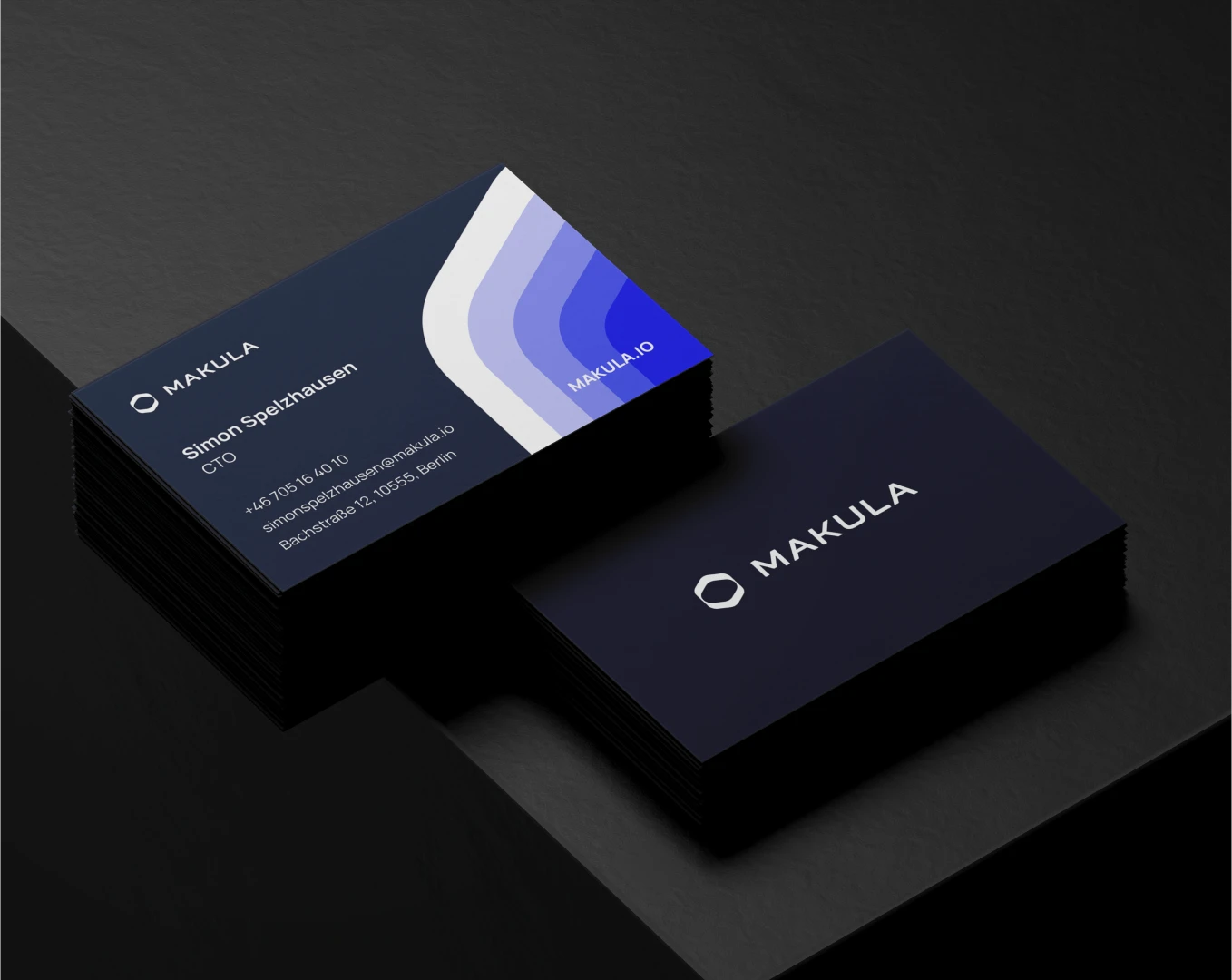
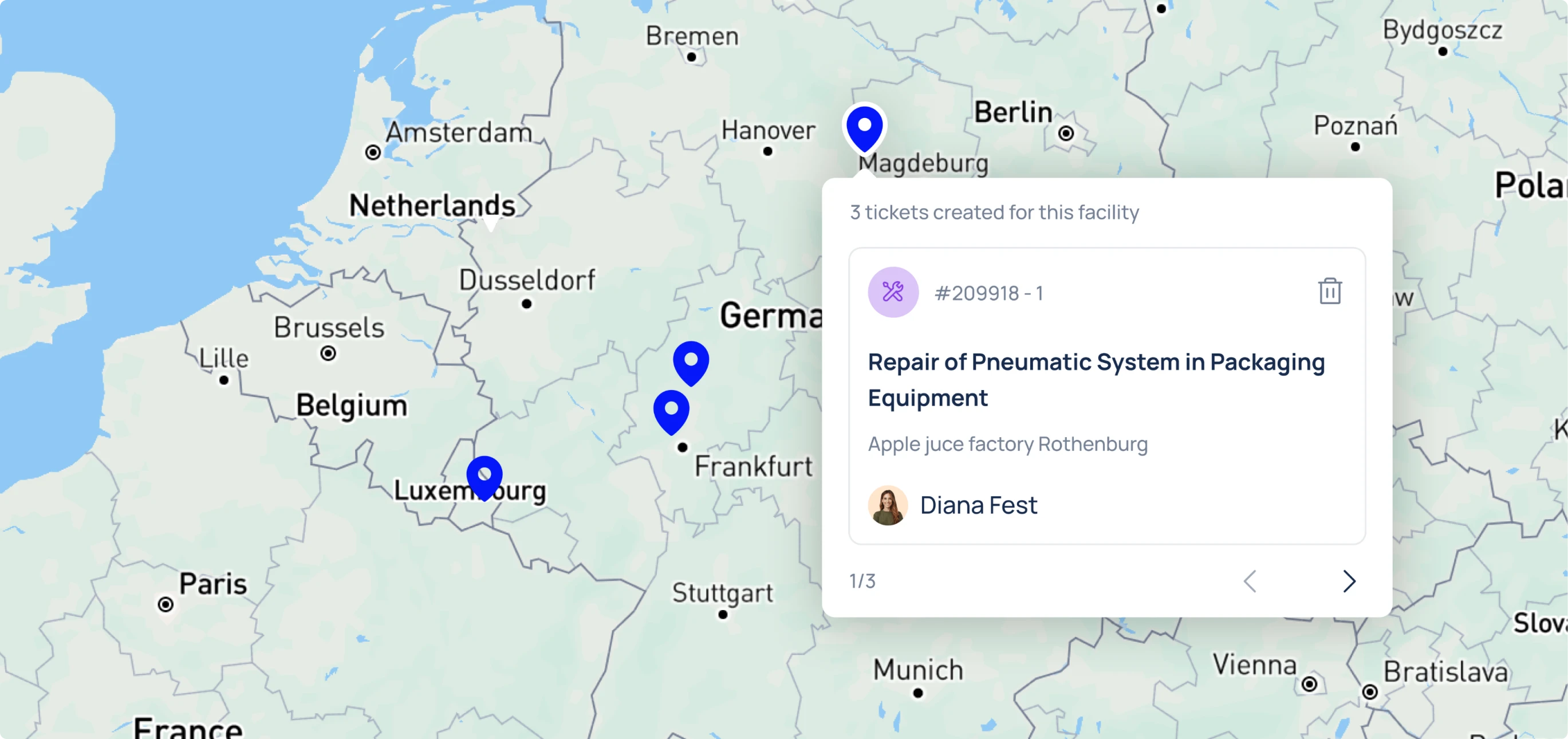
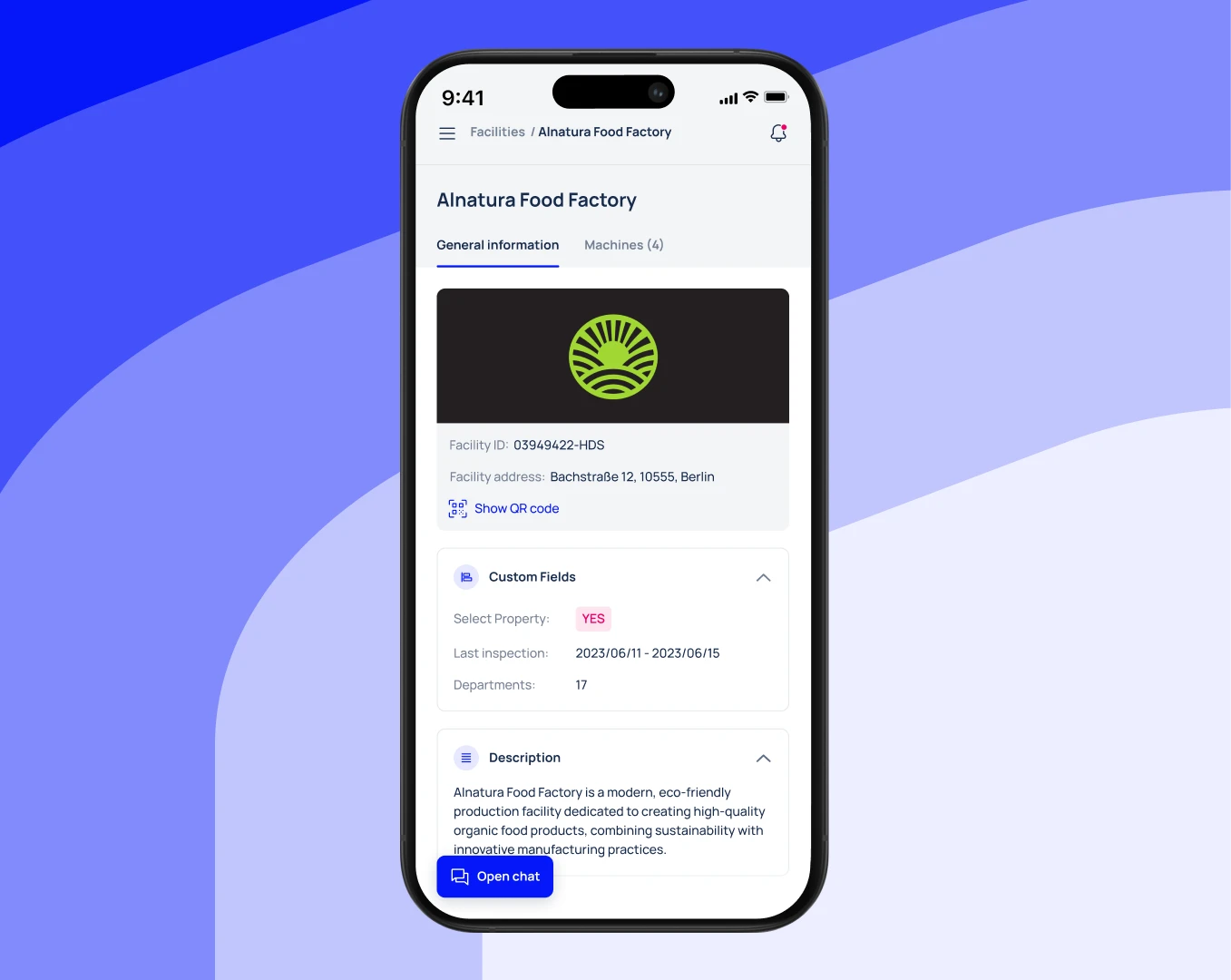
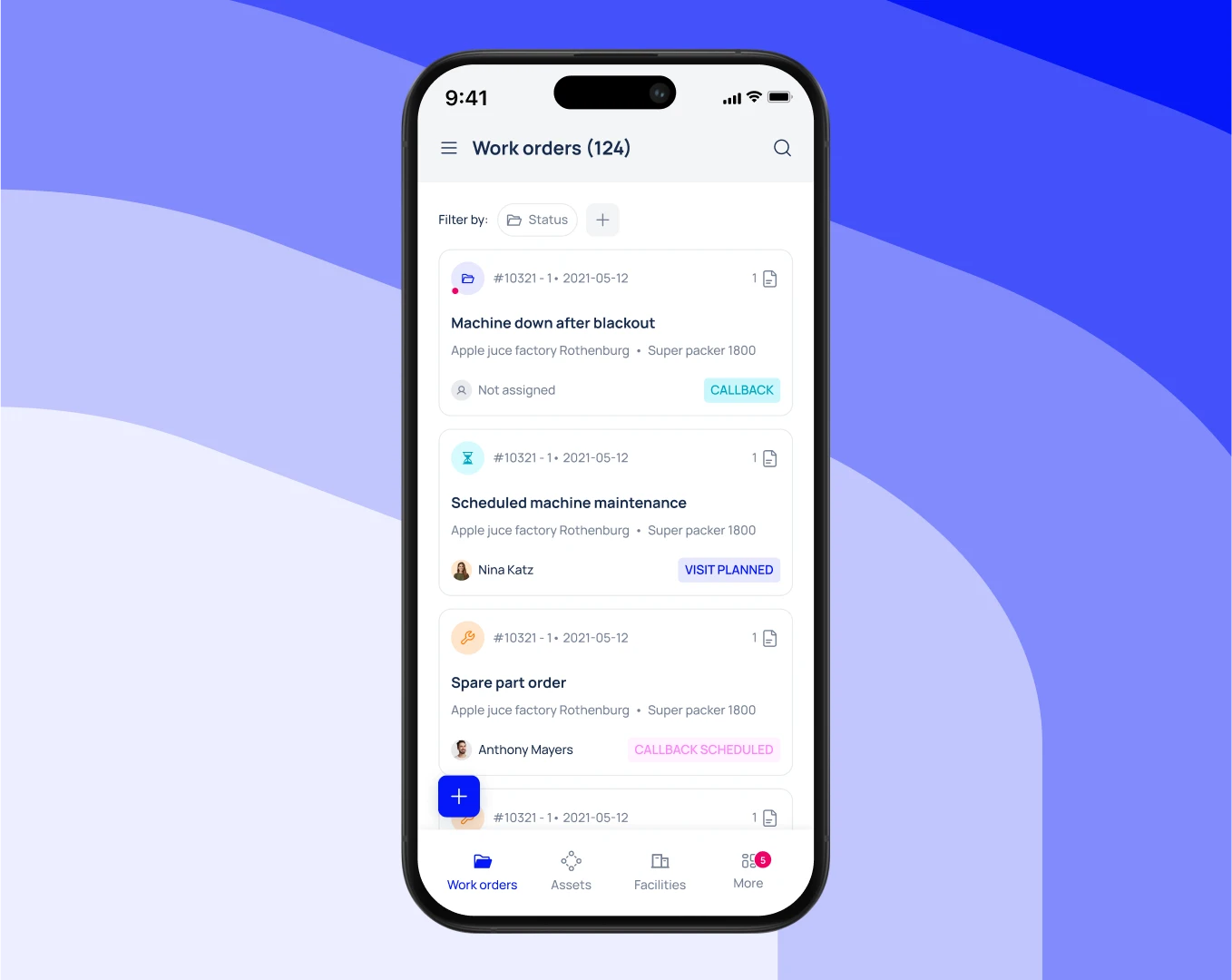
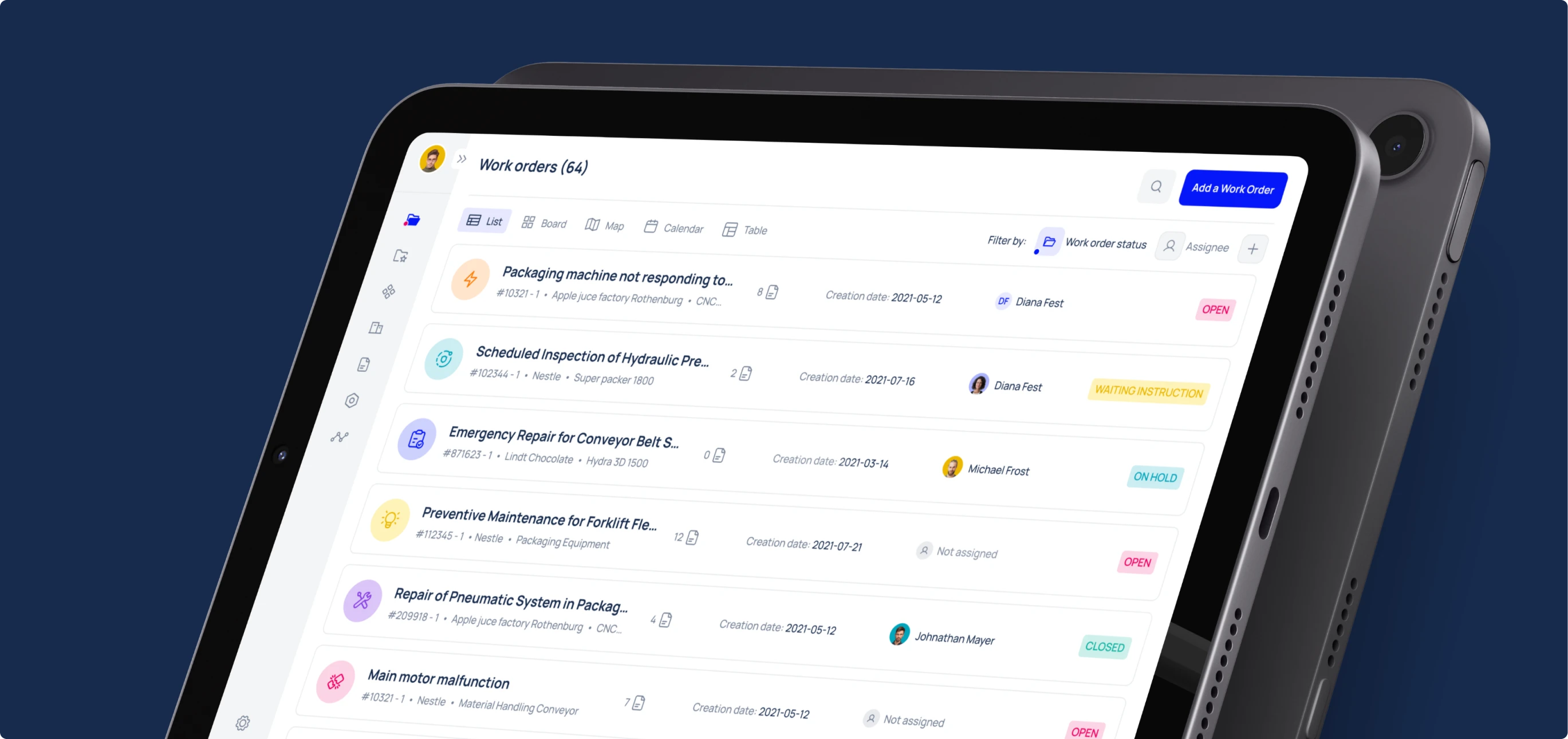
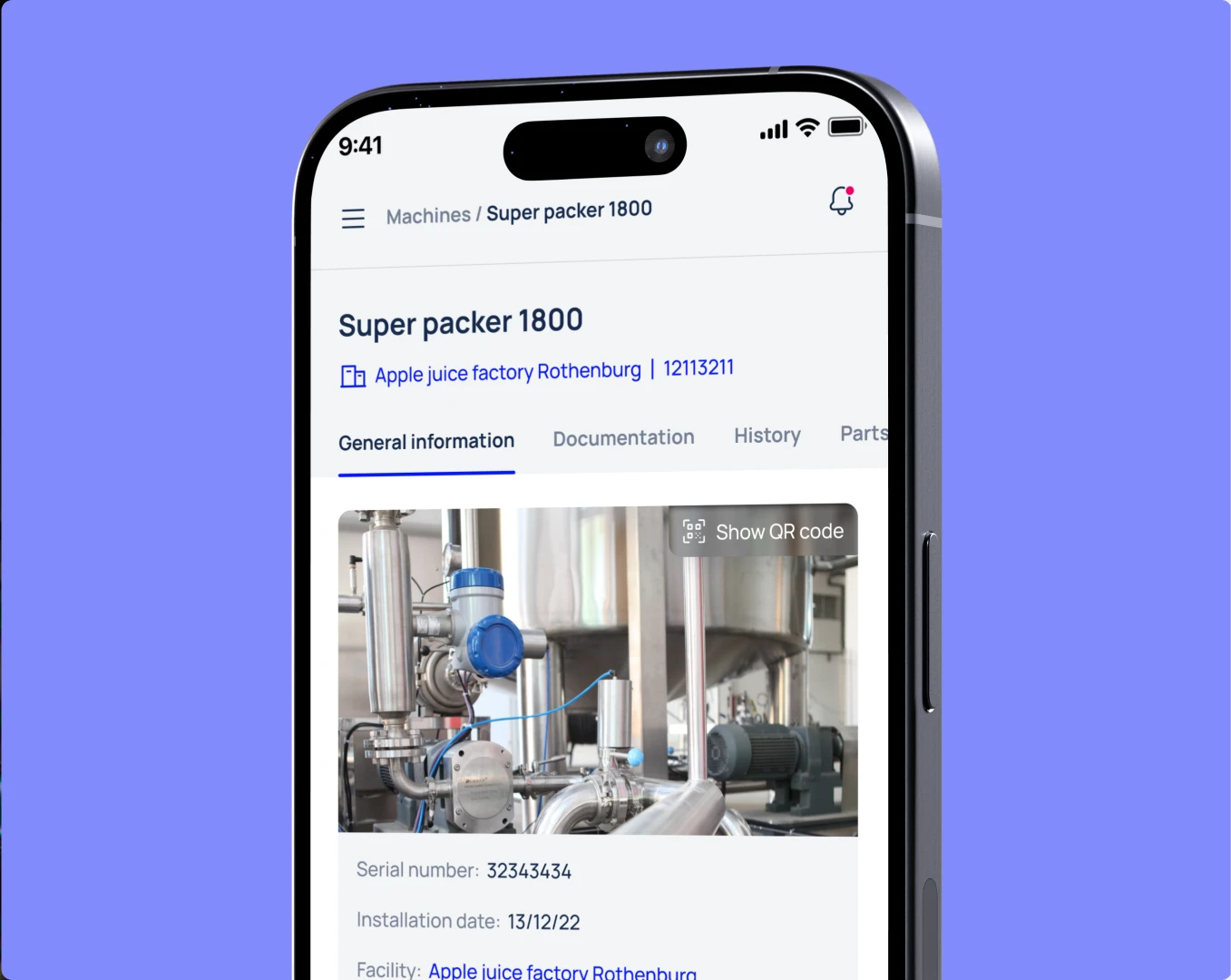
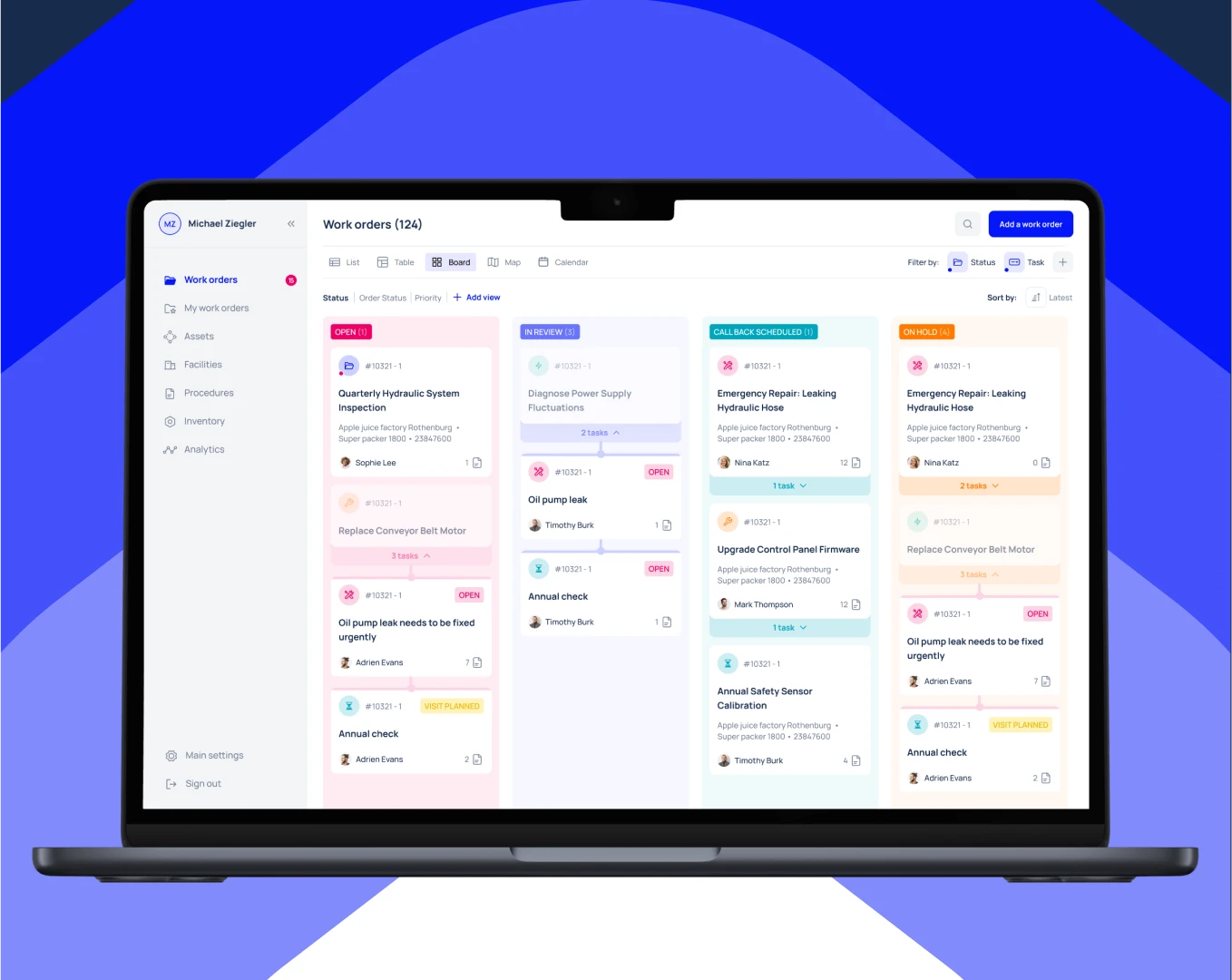
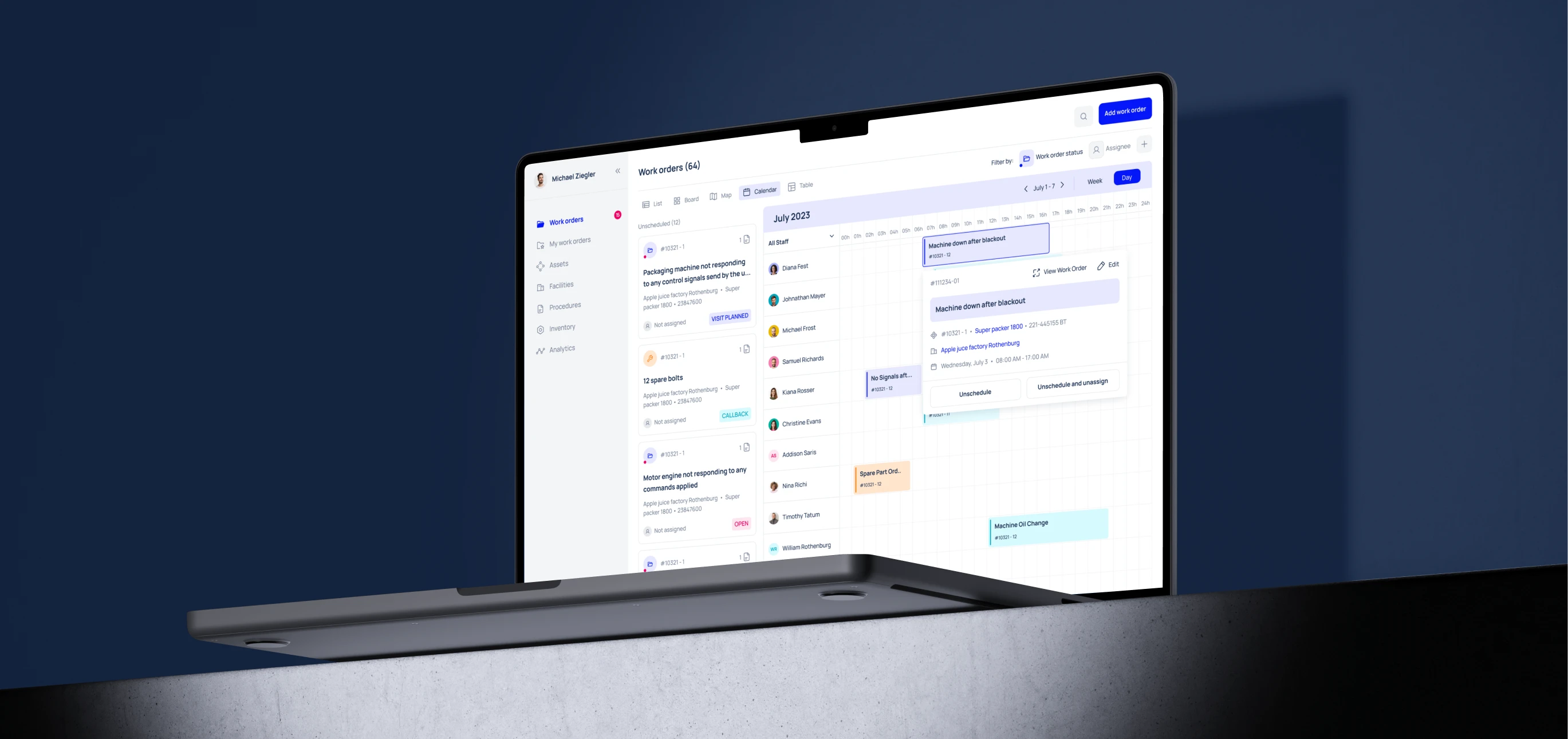
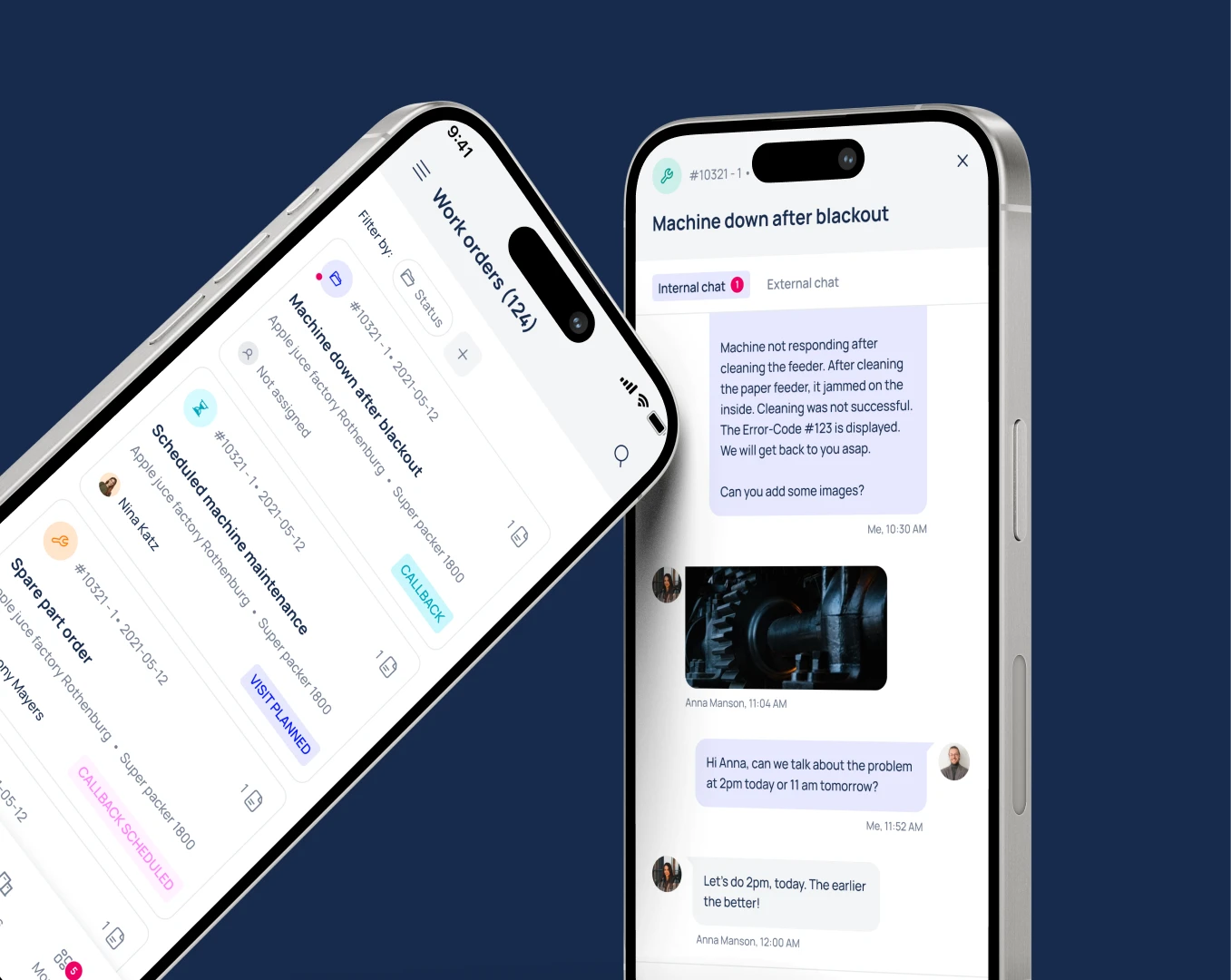
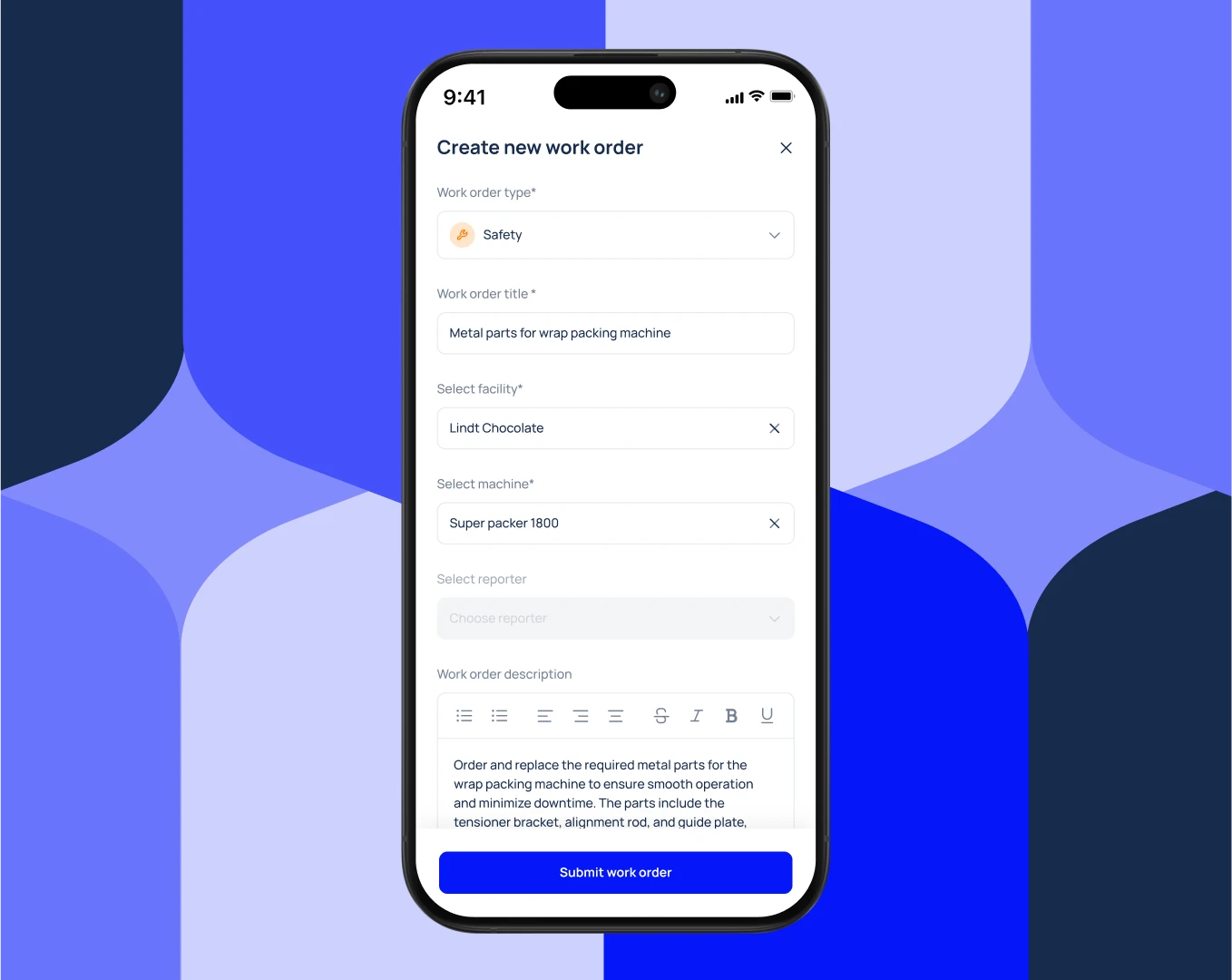
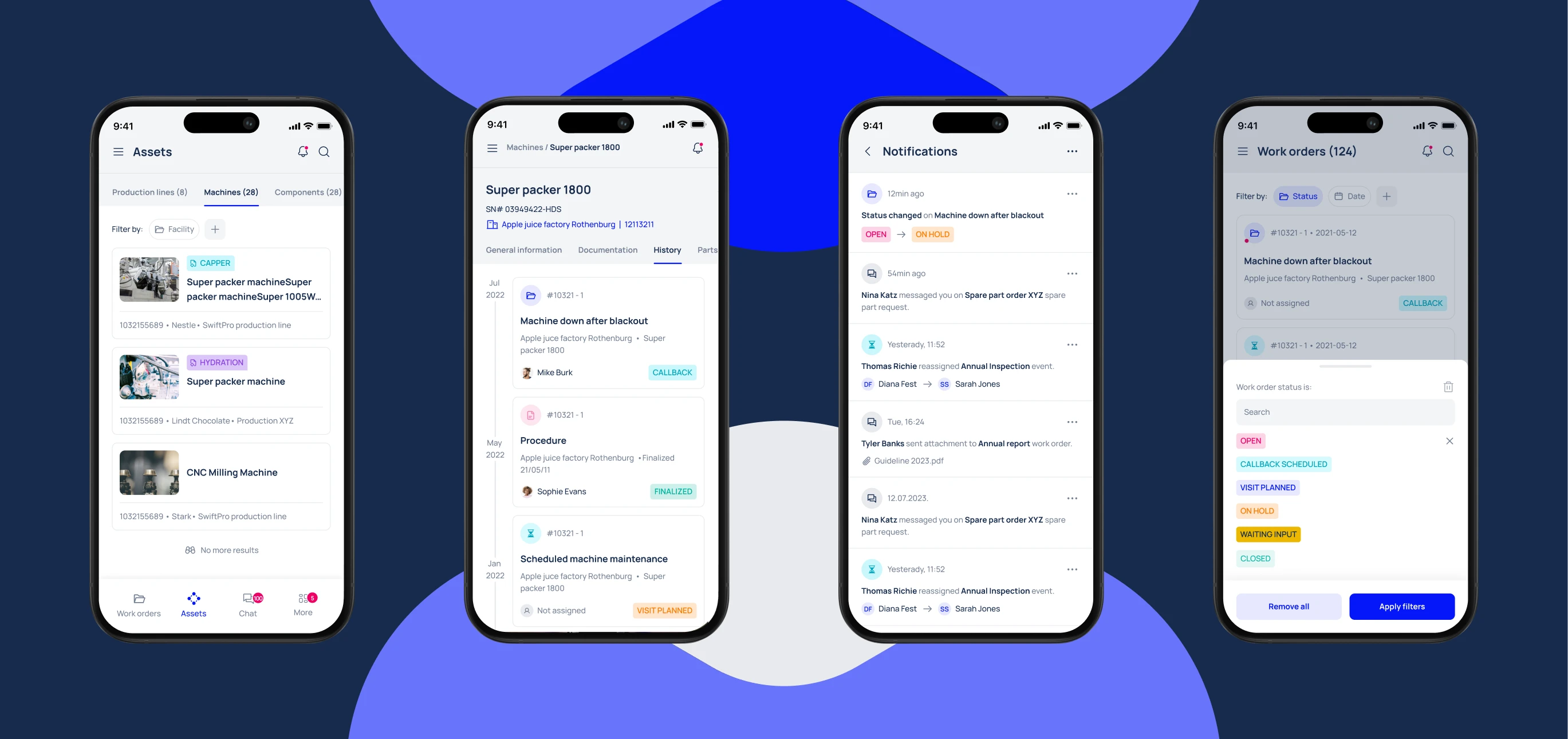
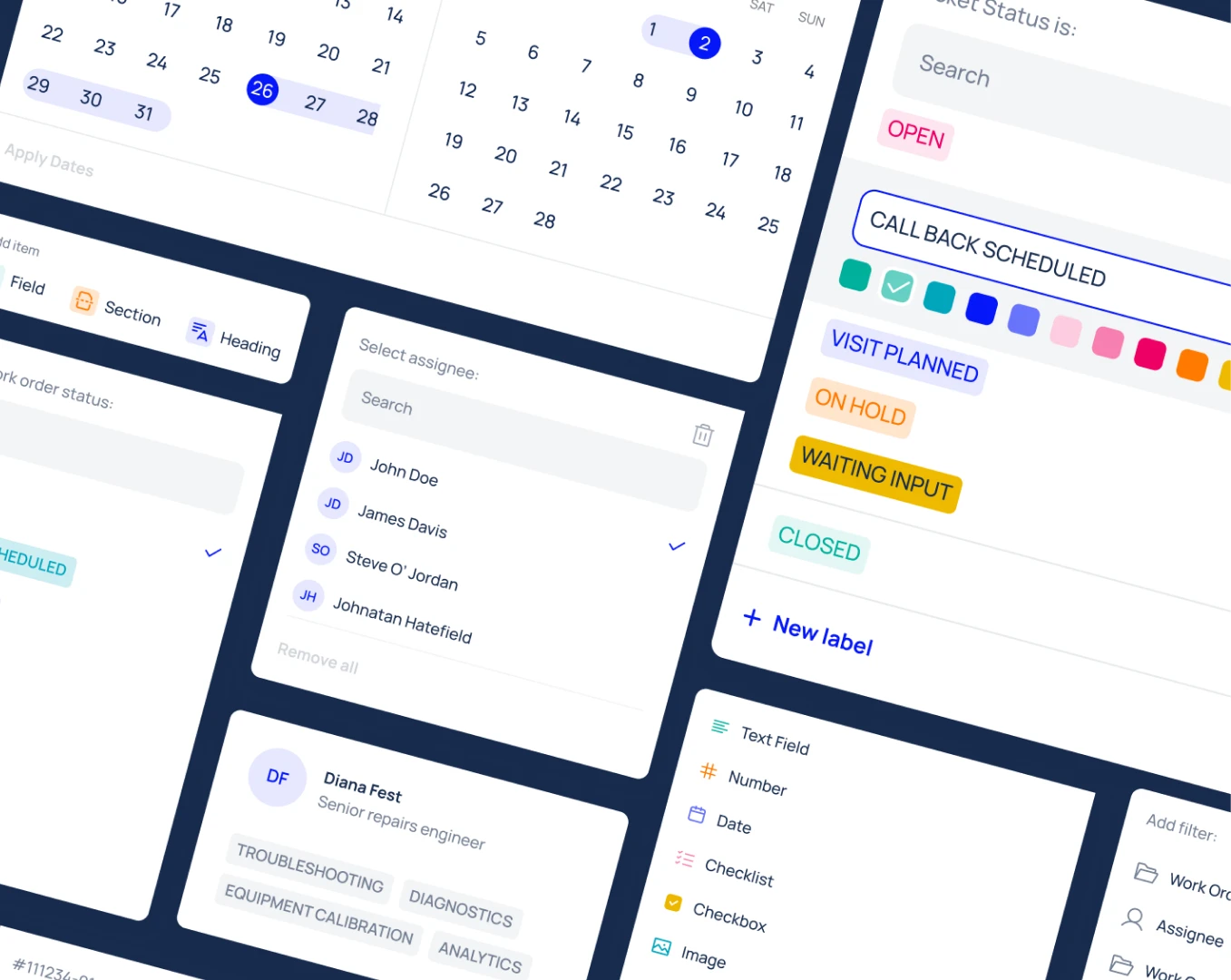
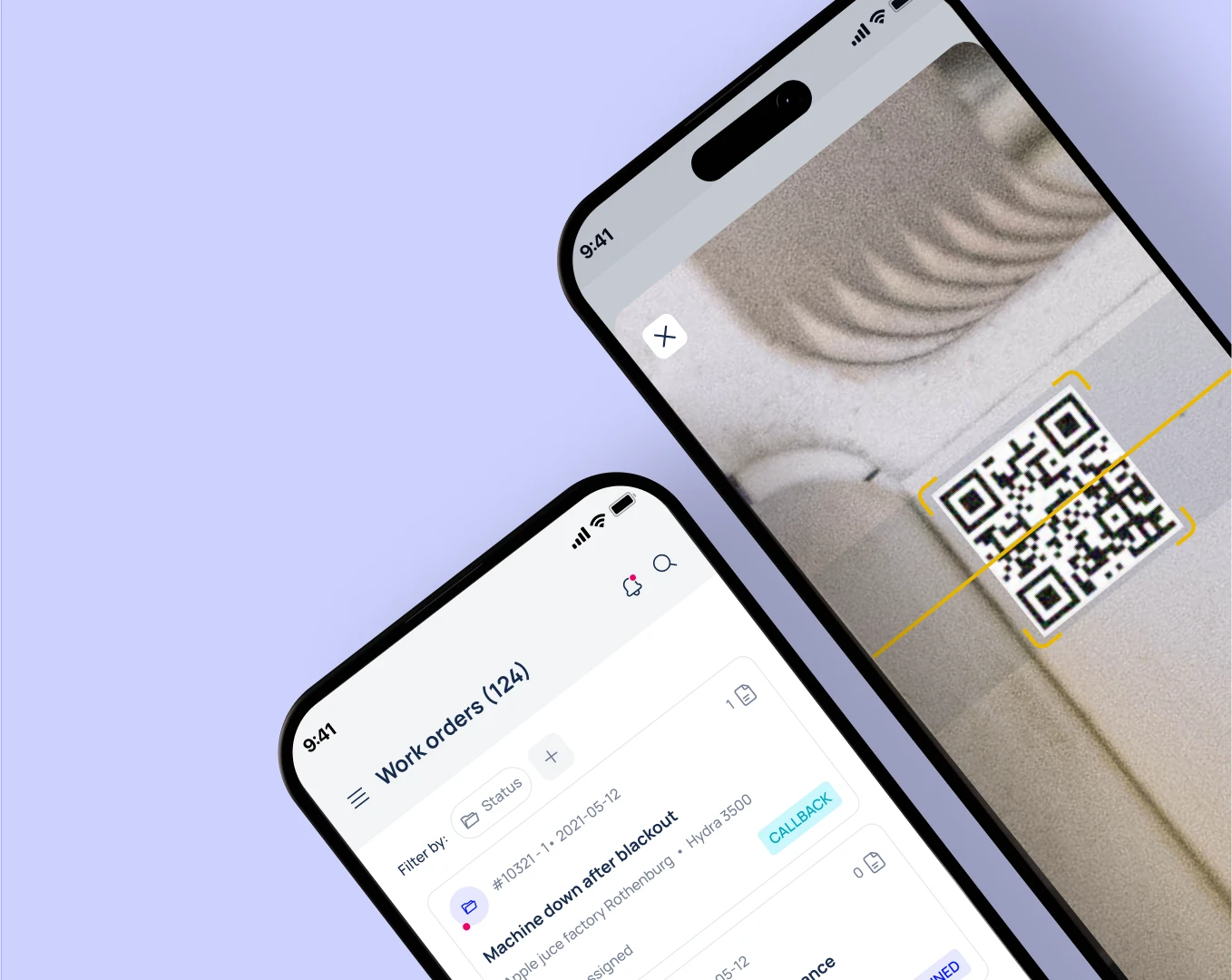
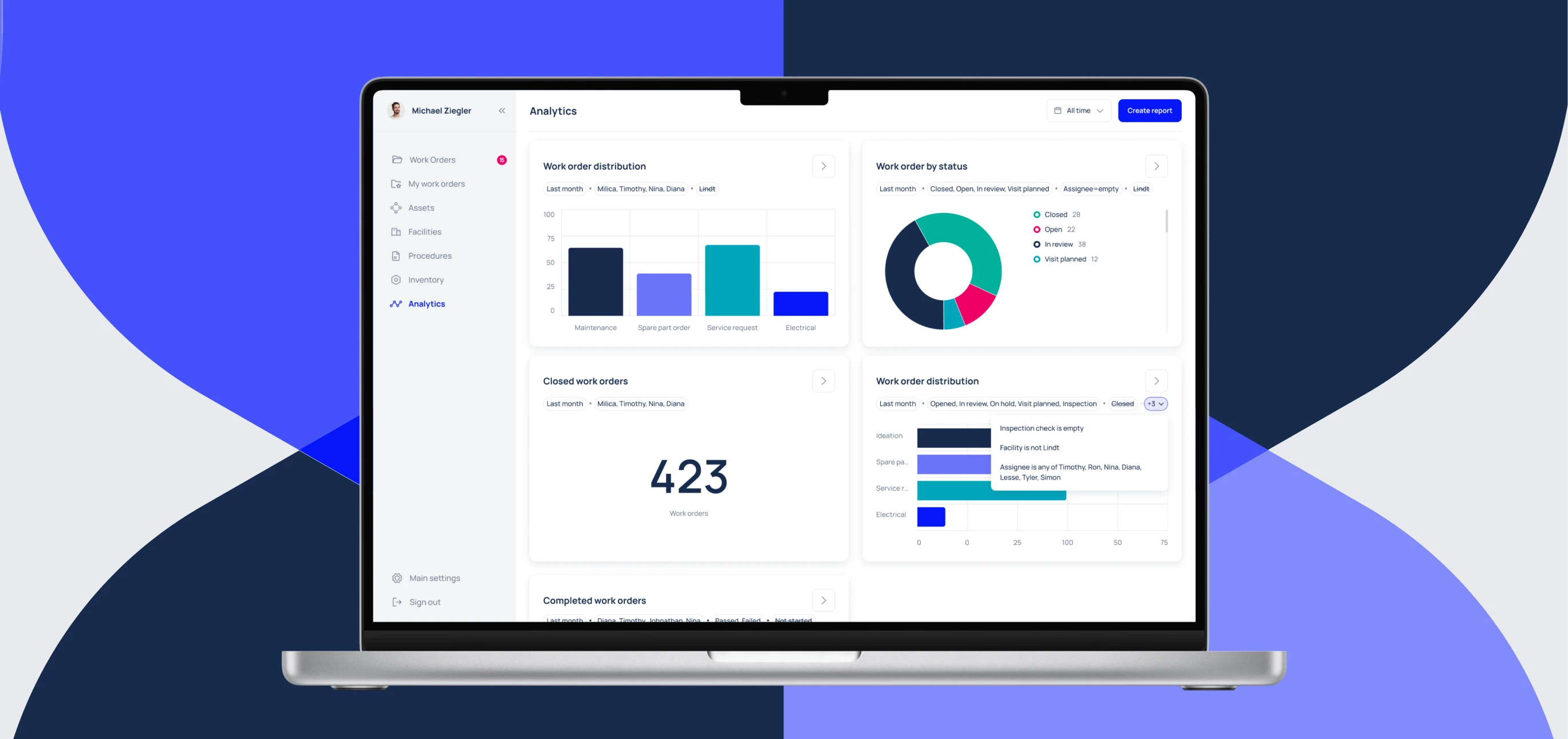
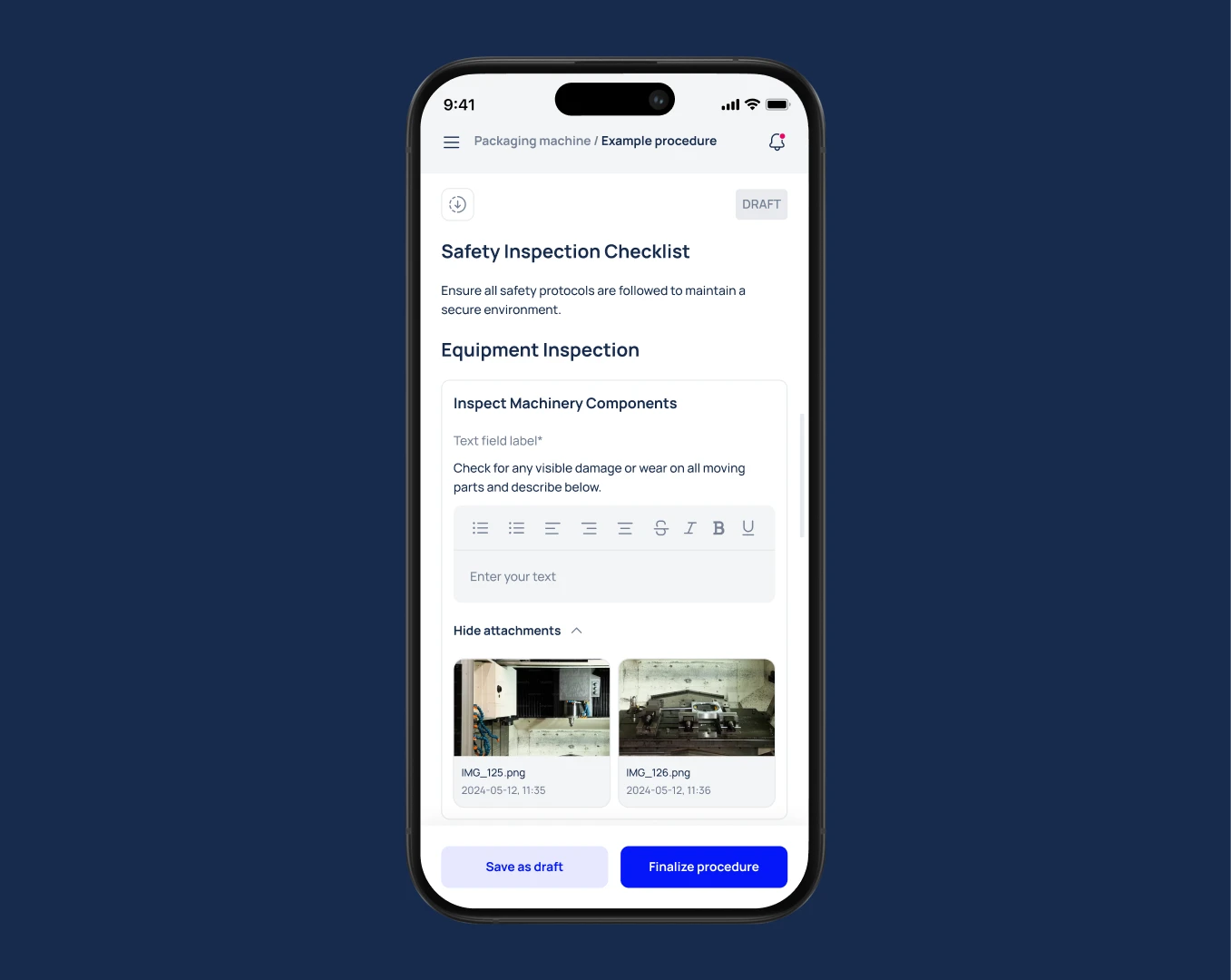
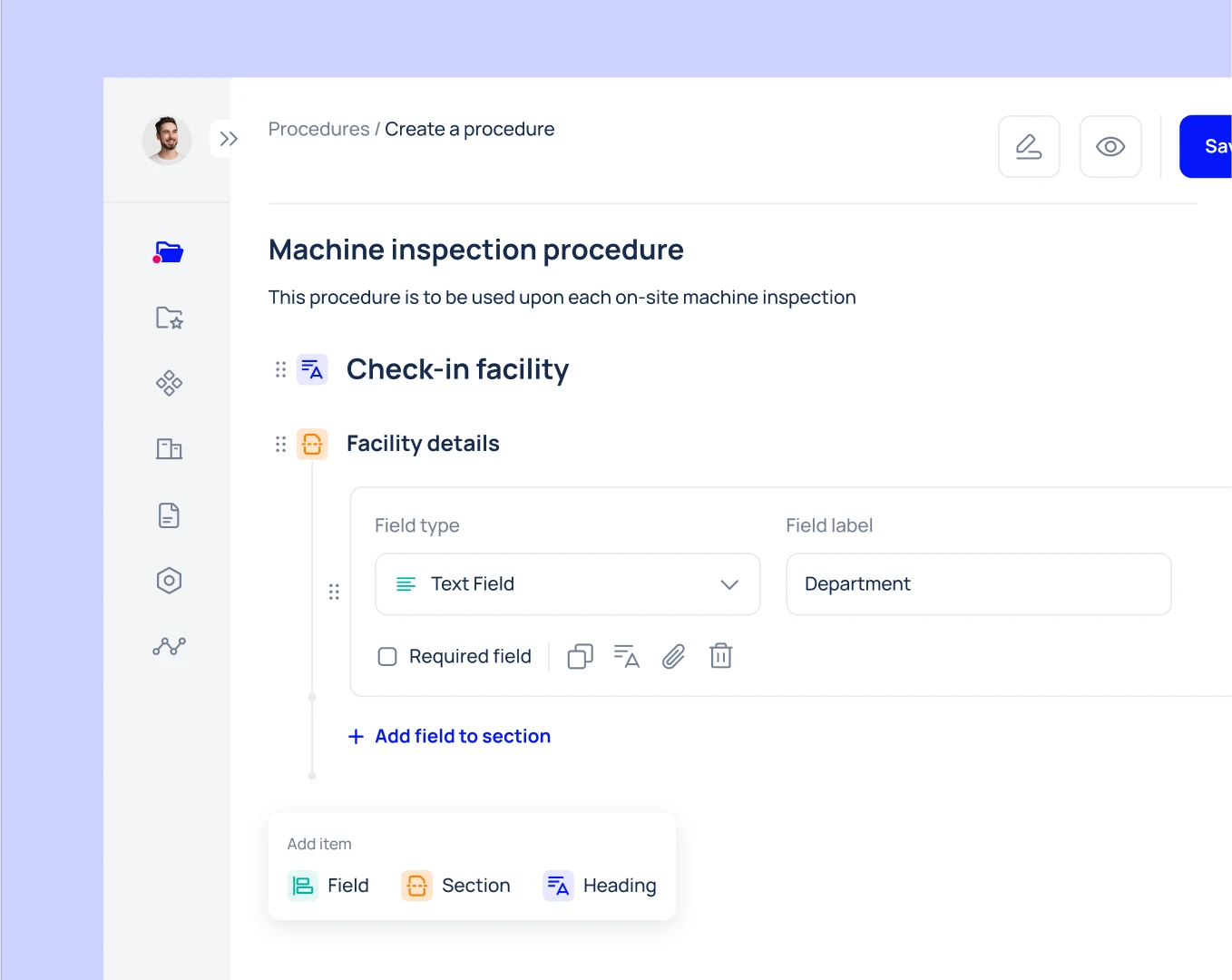
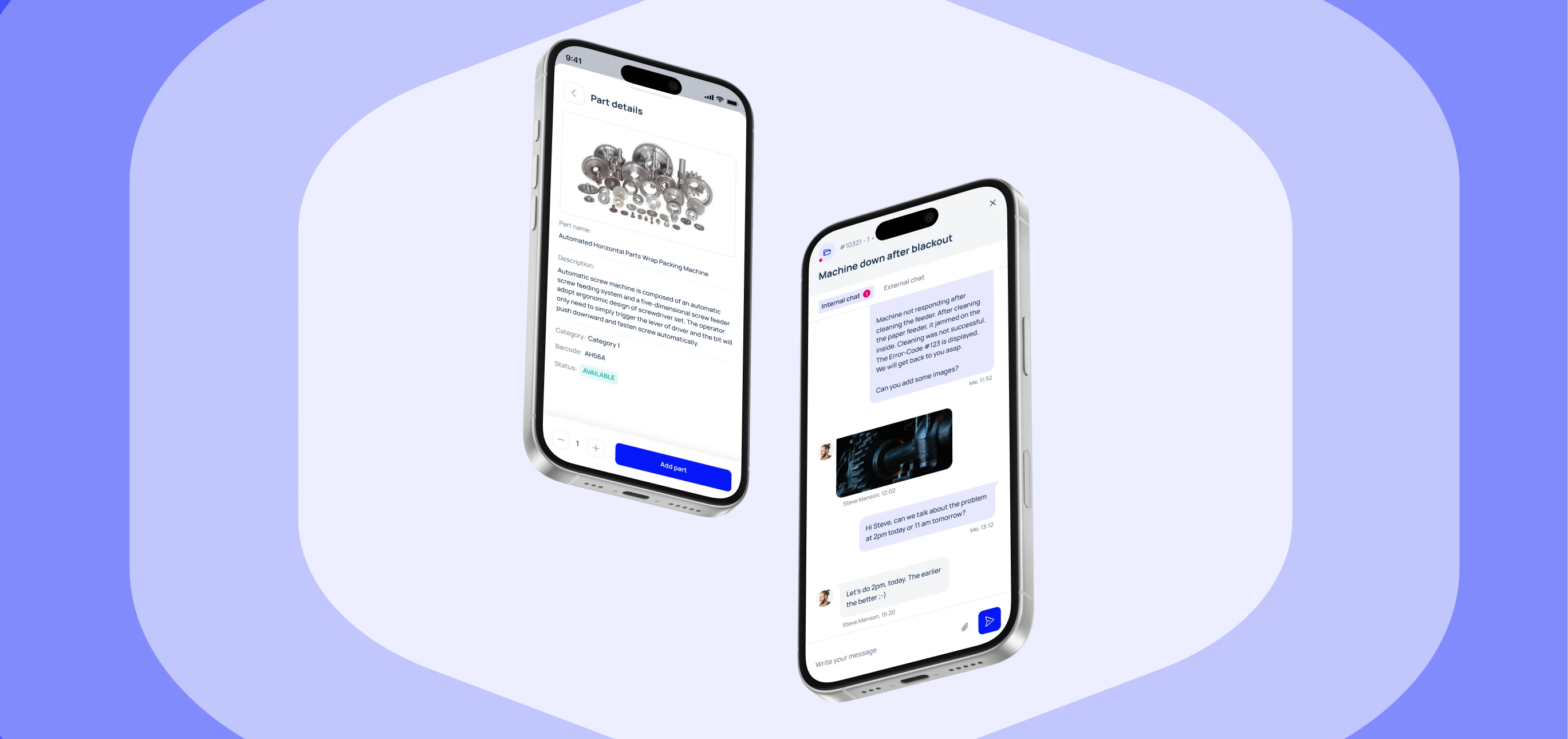
(GET STARTED)
We are eager to build a cohesive digital world for your ideas. Drop your details below and watch your vision takes shape.



